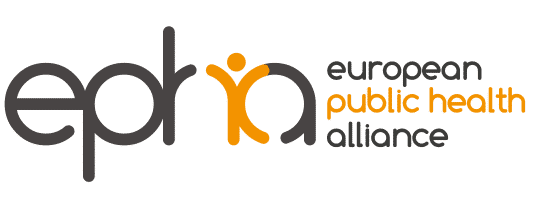On 22nd January 2014, the Policy Department on Budgetary Affairs of the European Parliament organised a workshop on the Smuggling of Cigarettes in the EU and how it relates to the new Tobacco Products Directive (TPD) that will come into force in the coming years. One of the most repeated arguments from the Panel was the conflict of interests within the Tobacco Companies when it comes to smuggling. Among the solutions put forward by the speakers, the setting of an independent public controlled agency to gather and analyse data stood out. The necessity of a trace and track system was stressed by all speakers.
BACKGROUND
“Illicit trade” encompasses different types of (international) smuggling of both genuine and counterfeit tobacco products (mainly cigarettes), as a large amount of illicit EU tax and customs revenue are lost to the European Union (EU) and Member States because of the illicit trade in tobacco products.
——-
This particularly lucrative criminal activity undermines public health policies, threatens legitimate businesses and helps fund organised crime.
——-
International cooperation in the fight against this global problem is based on the Framework Convention on Tobacco Control (FCTC) of the World Health Organisation (WHO) and in particular in its Protocol to eliminate illicit trade.
In November 2012, the parties to the FCTC adopted a Protocol to the Convention, which aims to combat illicit trade. The EU has gradually introduced a set of specific measures aimed at eradicating the illicit trade in tobacco products. In June 2013, the Commission added to the existing framework a global strategy together with an action plan.
Key findings as regards the Tobacco Products Directive and illicit trade
Growing evidence suggests that the tobacco industry tends to overstate the illicit trade problem.
. Pictorial health warnings and the minimum pack size restriction are commonly adopted tobacco control laws at a global level. There is no convincing evidence that these measures increase illicit trade. In fact, many countries that adopted these tools have seen their illicit cigarette markets decline.
. The impact of the ban of non-menthol flavors on illicit cigarette trade will be marginal, as these other cigarette flavors constitute only a fringe of the EU cigarette market. The benefits of the ban on menthol cigarettes far outweigh any risks associated with the possible increase in illicit cigarette trade.
<img6755|center>
MAIN CONCLUSIONS
. Prof. Anna Gilmore from the University of Bath (UK) stated that there is a growing evidence of the involvement of Tobacco Industry (TI) in illicit trade including via oversupply of their products in neighbouring EU countries such as Ukraine. She recalled that the Tobacco Industry was sued by the EU and it was found guilty in 2000 due to its participation on illegal smuggling. Secondly, she denounced that the TI is collecting data through surveys of empty packages found on the streets and public bins – an unreliable method due to the selection bias. Thirdly, she claimed that seizure data is unrepresentative and probably miscalculated since 85% of the seized packages are counterfeit and 15% Genuine. This is a tricky issue because under the EU-Tobacco Industry agreement– that came into action after the 2000’s incident- the TI is forced to pay a fine for every genuine product that has been illegally smuggled in the EU and seized.
. The second speaker was Mr Howard Pugh from the Economic Crime group from the Europol. His intervention mainly focused on the crime part of the issue. He stated that illicit tobacco has a cost of around 12.5 billion EUR per year in lost revenue. He went on to say that collaboration within partners is essential in order to reduce illegal smuggling. When he was asked about whether the Europol works with the TI, Mr Pugh claimed that every partner is important and that the TI knows the chain supply from inside out which makes them a good source of intelligence.
. The third speaker, Mr Leszek Bartlomiejczyk an expert in border control, stressed the importance of tobacco products to be traceable from early stages of the production chain – what would include unprocessed tobacco leaves, filters and tobacco paper. A trace and track system using codes could be used so that the authorities have immediate access to information.
. The fourth and last speaker, Luk Joossens an tobacco control advocate from Belgium, made several very interesting points on how the TI is using its agreement both with the EU on the analysis of the seizures and on the Project Start report as social responsibility. He also claimed that the TI is also putting a lot of interest in warning about counterfeit smuggling to lobby Member States about the risk of “heavy regulation”.
————-
Further information
– EPRS Briefing] [EU action to reduce illicit trade in tobacco products.
– EP explanatory document] [Workshop Cigarette Snuggling
————-
EPHA related articles
- [->art5924]
- [->art5913]
- [->art5892]
- [->art5868]
- [->art5833]
- [->art5830]
- [->art5829]
- [->art5806]
- [->art5791]
- [->art5790]
